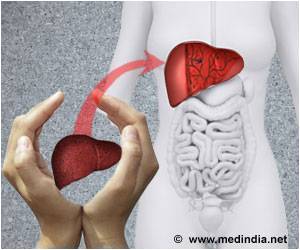Researchers have tapped into human-created vibrational ‘soundscapes,’ a mostly hidden source of data, to count Aircraft, monitor traffic and follow other human sounds.

Journalists are invited to remotely access a live-streamed video webcast about this research and several other topics of newsworthy interest. The webcast will take place at 3:00 p.m. ET on Wednesday, October 29 and will be archived for one year afterward. For more information, contact: [email protected]
Traffic in urban areas generates both acoustic and seismic “noise.” While seismic noise typically isn’t perceptible by humans, it could prove to be an interesting data source for traffic information systems in the near future.
“Earlier this year an industrial partner offered us access to a large vibration dataset acquired over the city of Long Beach, Calif., so we seized the opportunity,” explained Riahi.
This particular dataset consists of a 5,300-geophone network—deployed as part of a hydrocarbon industry survey—covering an area of more than 70 km2. Geophone devices are commonly used to record energy waves reflected by the subsurface geology as a way of mapping out geologic structures or track earthquakes.
“By recording vibrations via geophones spaced roughly every 100 meters (300 feet), we were able to look into activity in Long Beach with a resolution below a typical city block,” said Riahi.
Much to their surprise, Riahi and Gerstoft discovered that “by using mostly standard signal processing, we can follow a metro schedule, count aircraft and their acceleration on a runway, and even see larger vehicles on a 10-lane highway.” More refined techniques and algorithms may well uncover many other types of manmade signals within the Earth.
Source-Newswise
 MEDINDIA
MEDINDIA




 Email
Email




